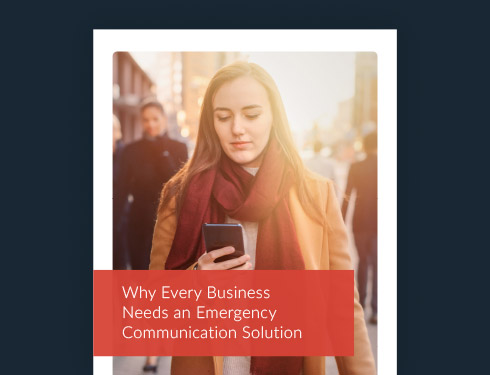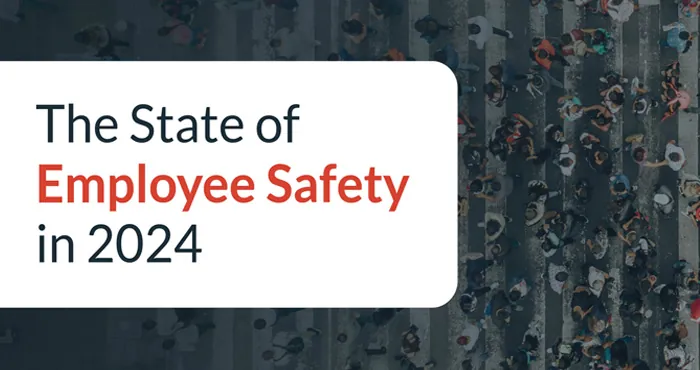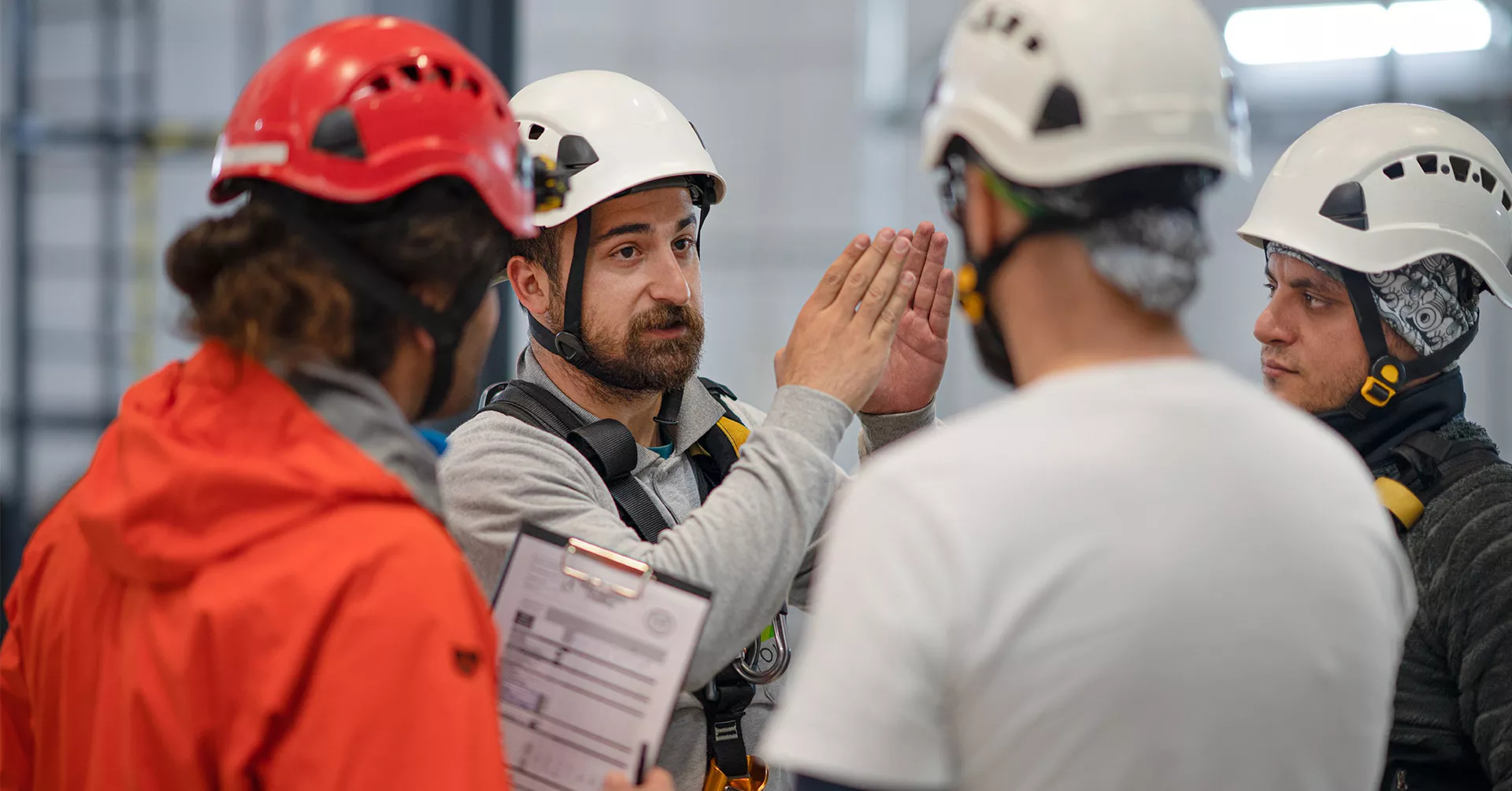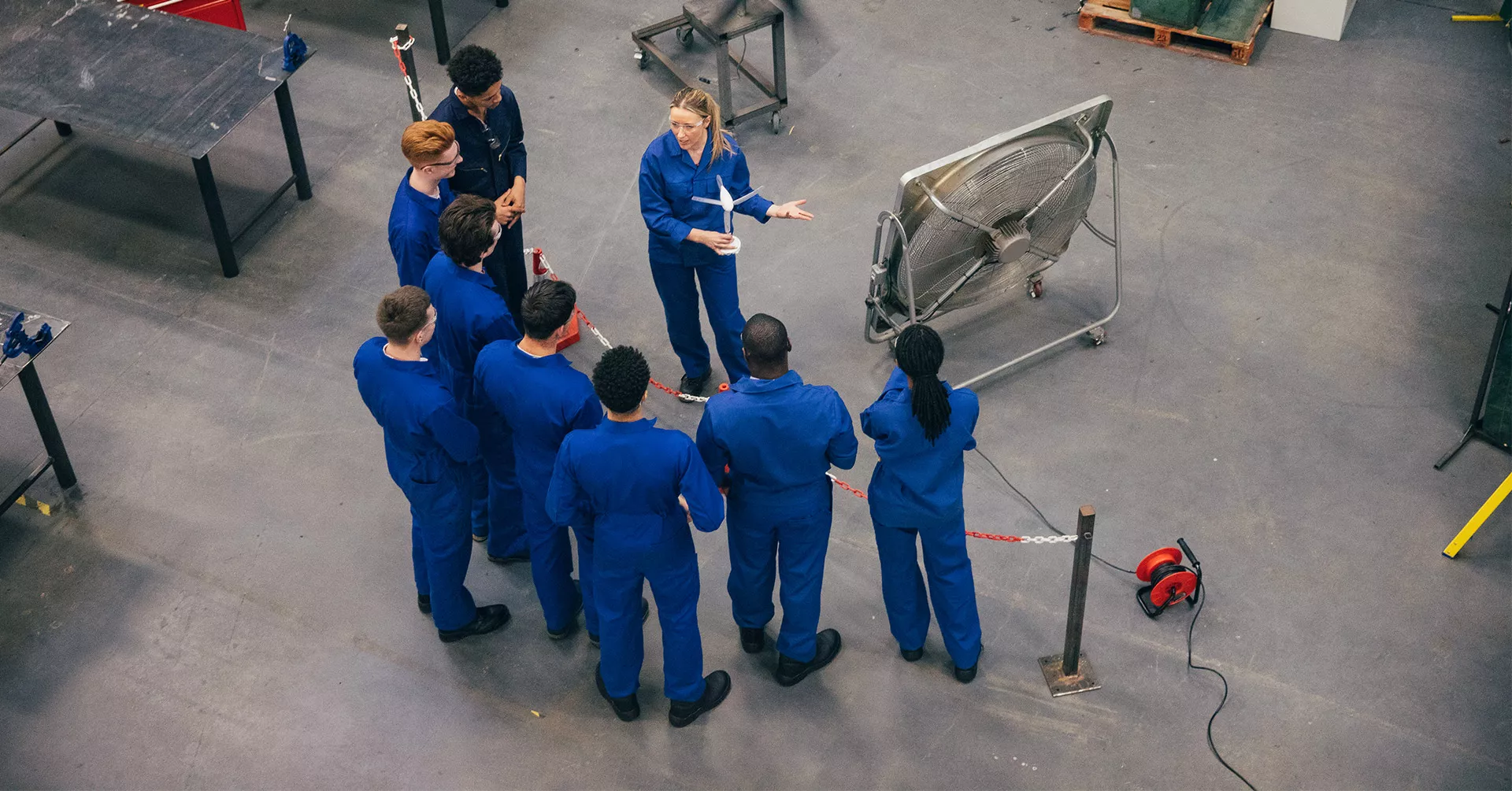
Psychological Safety at Work
Sociologist and Author Dr. Tracy Brower shares how organizations can improve the psychological safety and mental health of their employees, as well as their company’s reputation and bottom line.

Psychological safety—or one’s ability to feel safe bringing their whole self to work—can have a significant impact on the mental health of your employees and the culture of your organization.
In a recent episode of The Employee Safety Podcast, Dr. Tracy Brower, Sociologist and Author, explains the sociology of work—the scientific study of the relationship between people and their jobs. Understanding the sociology of work can help organizations improve the psychological safety and mental health of their employees, as well as their company’s reputation and bottom line.
You can listen to the episode below.
Q&A With Dr. Tracy Brower, Sociologist and Author
What is the sociology of work, and why is it essential for organizations to understand?
The sociology of work studies the relationship between people and their jobs. It explores the human component of work and people’s expectations. Studies show that people need a sense of safety and belonging to be productive and have a sense of comfort and control in the work environment.
In your experience, what does a psychologically safe work environment look like?
In a psychologically safe workplace, employees feel respected and appreciated. They have strong team bonds, can bring their whole selves to work, and trust their teammates. It’s about feeling known, validated, and like others have a sense of care.
As we think about a culture of respect and psychological safety, the right question is, “What matters to you?” This question allows companies to understand their employees’ needs and inform initiatives to support them.
How can organizations benefit from creating a positive workplace that prioritizes mental health and well-being?
There is an important relationship between how people feel cognitively, emotionally, and physically and how they can contribute to the organization. Research suggests that when employees feel like they can bring their whole selves to work, they perform better and have better mental health.
“"Psychological safety can help drive company growth and innovation." ”Dr. Tracy Brower Sociologist and Author
Research on leader empathy suggests that people report greater mental health and emotional well-being when leaders are more empathetic. This empathy allows employees to be more productive, engaged, and innovative. With greater levels of psychological safety, people feel more able to take risks because they know that others have their back. When employees take risks, they’re able to innovate and think differently. So over time, psychological safety can help drive company growth and innovation.
Ultimately, happy employees are more likely to stay at their current organization, making psychological safety critical for attracting and retaining talent.
Do you think this trend towards workplace happiness is just a moment in time or a temporary response to the Great Resignation and similar challenges? Or is it here to stay?
I think it’s a trend that will last because it has payoffs for both people and businesses. When we attend to the well-being of people, there are large payoffs for the business. So whether companies do it because they care about people or are simply interested in the benefits, it will be something that remains central and strategic for organizations.
Do these kinds of cultural shifts help employees avoid burnout?
Burnout is typically the result of a few things—people feel trapped, cynical about what’s going on around them, and incapable of moving forward. It tends to occur the most when someone performs repetitive tasks that require a lot of brainpower. Organizations can ease burnout in many ways, including:
- Giving people variety in their work
- Providing opportunities for growth
- Recognizing and validating employee contributions
- Giving people control and flexibility over their schedule
Team bonding can also ease burnout. We often assume that social interactions like happy hours or team outings are the best for bonding, but the best bonding comes from working together and overcoming challenges. If you can roll up your sleeves with coworkers and apply your skills to accomplish a task, that bonding can help prevent burnout because you will recognize that your work matters and contribute to a greater mission.
What can organizations do to create a happier, more psychologically safe environment for employees?
Organizations can support psychological safety by offering free access to mental health apps or resources like Care.com, which helps people find care for loved ones, friends, family, and children. Even pet insurance is something that can be a support system. Employee development and growth opportunities are also meaningful. Companies can also provide tuition reimbursement or stipends for childcare.
Affiliation groups can be another great support system. Whether it’s a Slack channel or an in-person group, having a place where people can come together and discuss similar challenges and exchange ideas can be beneficial. For example, there could be a group for new parents or people with eldercare challenges.
Think more broadly; elements of nature in work environments can be extraordinarily nourishing. The key takeaway is that there are multiple ways to help people have a sense of well-being and nourish them physically, mentally, and emotionally.

What do you think organizations get wrong when it comes to psychological safety?
Many organizations fail to understand how critical psychological safety is. Sometimes leaders will say, “I don’t want to ask too many questions; I don’t want to be intrusive.” But I think by checking in and attending to people, you can gauge whether or not someone wants to open up and share.
The other thing that we can get wrong is feeling like the solution always has to be individual. Instead, think about the overall culture and ask yourself:
- Does the culture provide a clear direction that people can get on board with?
- How does the culture give a sense of belonging and values that reinforce our respect for each other?
- How does the culture support policies and practices to resolve conflict appropriately?
- How does the culture reinforce risk-taking so that people feel like they can contribute toward innovation?
What can leaders do today to help move the needle towards a happier workplace?
Leaders must start with creating a sense of purpose. Give people a bigger picture that they can connect to. Make sure employees have a voice and the opportunity to be involved. They also need flexibility and autonomy, with the appropriate guard rails, of course.
When leaders are more present and accessible, it correlates with a constructive, productive culture. That means employees are more likely to feel engaged and like they belong.
Do you have any resources you could recommend for our audience to learn more about the sociology of work, mental health in the workplace, or psychological safety?
On my website, tracybrower.com, I provide articles on mental health and well-being, including links to third-party sources, academic studies, and additional information.
There’s also an excellent book called Four Thousand Weeks by Oliver Burkman that highlights the importance of how we spend our time. Village Effect by Susan Pinker is another excellent book that discusses the importance of connections, communities, and how people interact together, which is fundamentally about sociology. These books are very accessible and readable, and I recommend them to anyone interested in learning more about the sociology of work.
Portions of this article have been edited for clarity and brevity.





